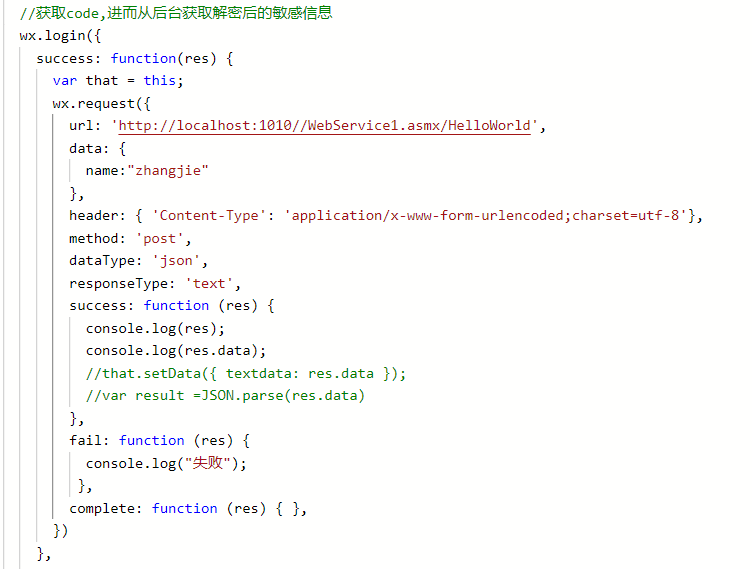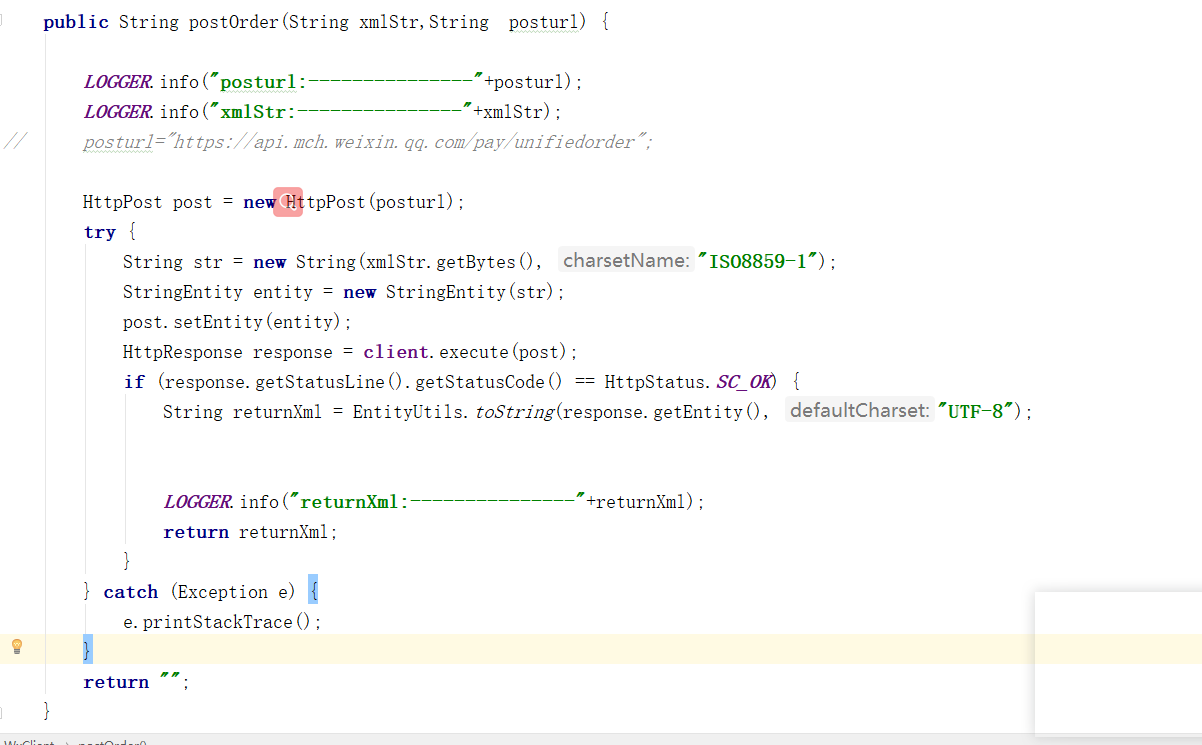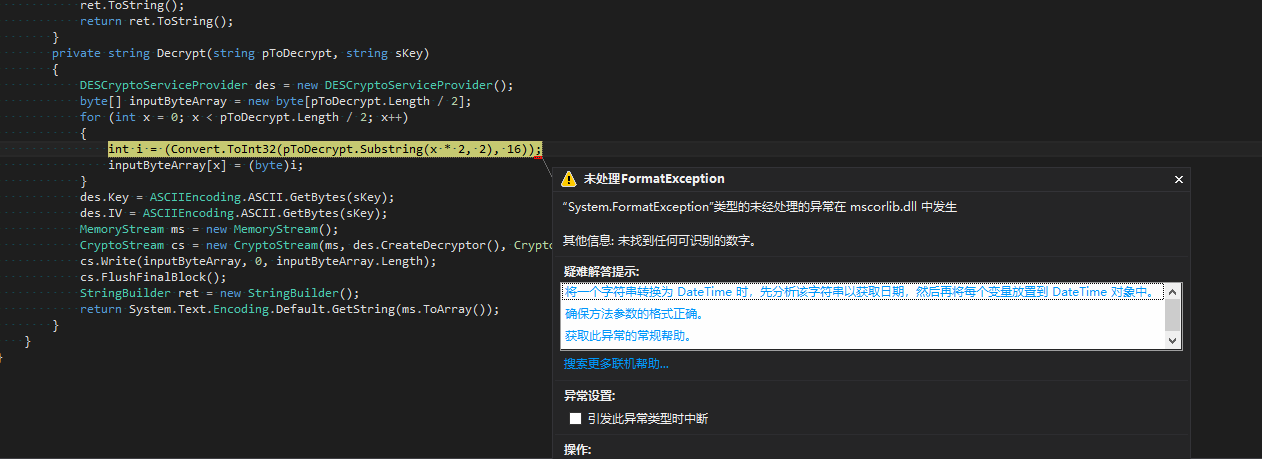I have a (fairly long) list of vectors. The vectors consist of Russian words that I got by using the strsplit() function on sentences.
The following is what head() returns:
[[1]]
[1] \"модно\" \"создавать\" \"резюме\" \"в\" \"виде\"
[[2]]
[1] \"ты\" \"начианешь\" \"работать\" \"с\" \"этими\"
[[3]]
[1] \"модно\" \"называть\" \"блогер-рилейшенз\" \"―\" \"начинается\" \"задолго\"
[[4]]
[1] \"видел\" \"по\" \"сыну,\" \"что\" \"он\"
[[5]]
[1] \"четырнадцать,\" \"я\" \"поселился\" \"на\" \"улице\"
[[6]]
[1] \"широко\" \"продолжали\" \"род.\"
Note the vectors are of different length.
What I want is to be able to read the first words from each sentence, the second word, the third, etc.
The desired result would be something like this:
P1 P2 P3 P4 P5 P6
[1] \"модно\" \"создавать\" \"резюме\" \"в\" \"виде\" NA
[2] \"ты\" \"начианешь\" \"работать\" \"с\" \"этими\" NA
[3] \"модно\" \"называть\" \"блогер-рилейшенз\" \"―\" \"начинается\" \"задолго\"
[4] \"видел\" \"по\" \"сыну,\" \"что\" \"он\" NA
[5] \"четырнадцать,\" \"я\" \"поселился\" \"на\" \"улице\" NA
[6] \"широко\" \"продолжали\" \"род.\" NA NA NA
I have tried to just use data.frame() but that didn\'t work because the rows are of different length. I also tried rbind.fill() from the plyr package, but that function can only process matrices.
I found some other questions here (that\'s where I got the plyr help from), but those were all about combining for instance two data frames of different size.
Thanks for your help.




